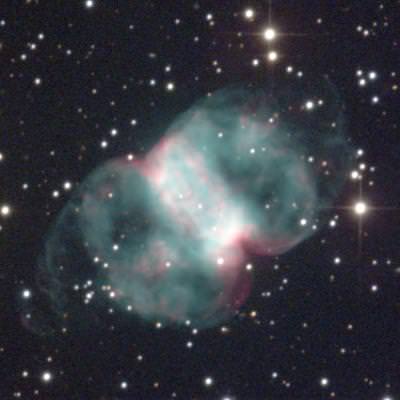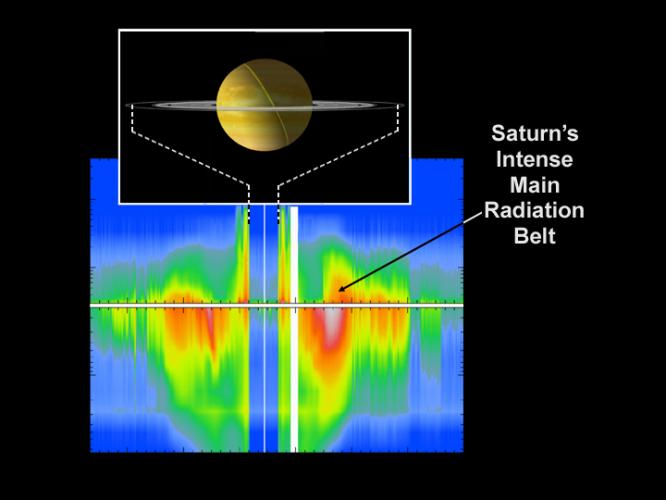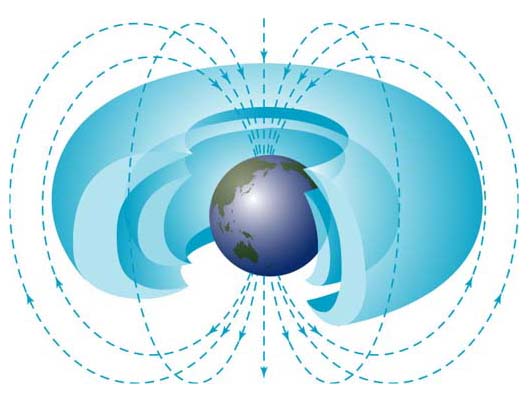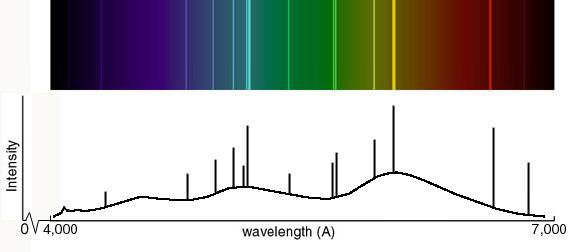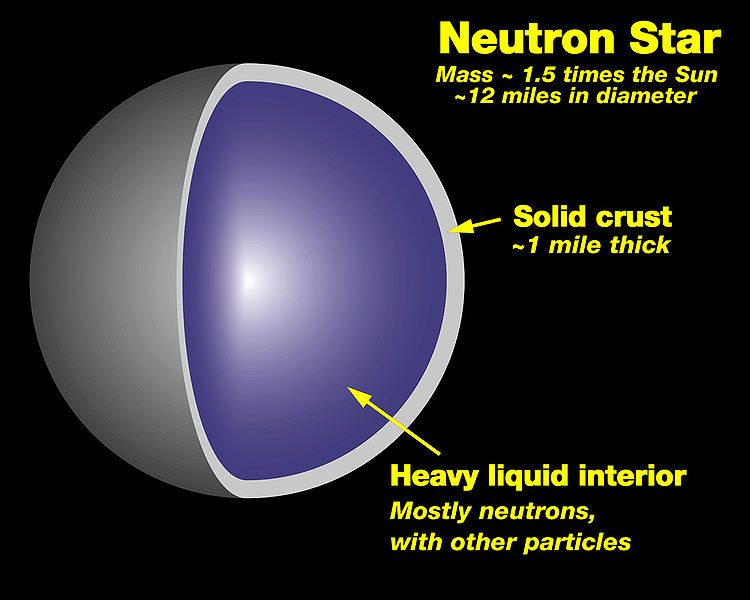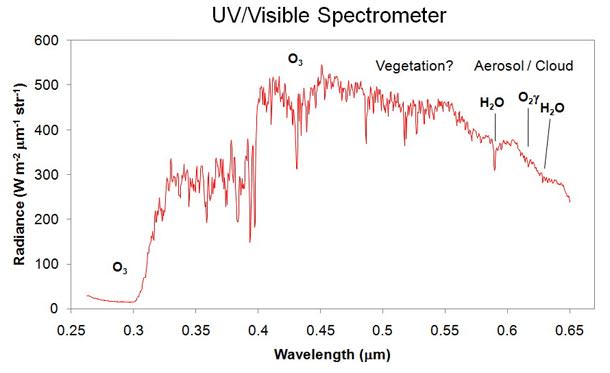No, planetary nebulae are not nebulae found around planets; nor are they nebulae produced by planets … rather, they got stuck with this name because the first ones to be observed (and written about) look like planets (well, they did through the eyepieces of the telescopes of the time … somewhat).
Charles Messier – yep, the comet hunting guy – listed M27 in his famous catalog; that’s the Dumbbell Nebula, and the first planetary nebula recorded (1764). It was Herschel – the guy who discovered Uranus – who dreamed up the name ‘planetary nebula’; and why? Because, to him, they looked a bit like the gas giants Jupiter, Saturn, and Uranus (Neptune wasn’t discovered then). There are four planetary nebulae in Messier’s list; in addition to M27, there’s M57 (the Ring Nebula), M76 (Little Dumbbell Nebula), and M97 (Owl Nebula). So why did Herschel say planetary nebulae looked like giant planets, including Saturn? Because, in 1781, he discovered one – NGC 7009 – that looked like Saturn! Guess what it’s called? The Saturn Nebula.
When spectroscopes were used to observe planetary nebulae, they caused excitement; unlike stars and (what we today call) galaxies – which have dark absorption lines in their spectra – planetary nebula have bright emission lines (and essentially nothing else, i.e. no continuum emission). Further, the brightest of the lines (actually two, close together), in most planetary nebulae, corresponded to nothing ever seen in any laboratory spectrum … so they were thought to be caused by an as yet undiscovered element, called nebulium.
Today we understand planetary nebulae to be a short-lived phase of (most) stars … after the red giant phase, when the star’s fuel has been exhausted, it shrinks to become a white dwarf. The gas expelled during the red giant phase become heated and ionized by the intense UV radiation of the new white dwarf (these central objects, in most planetary nebulae, are among the hottest stars). The plasma has an extremely low density, which means that certain excited, meta-stable states of ions such as O2+ can jump to a lower energy state by emission of ‘forbidden’ radiation (rather than by collision).
Such spectacular objects … no surprise that Universe Today has many stories and articles on planetary nebulae! Here are just a few Found: Planetary Nebula Around Heavy Stars, Planets May Actually Shape Planetary Nebulae, Will We Look Like This in 5 Billion Years?, and Penetrating New View Into The Helix Nebula.
Astronomy Cast’s Nebulae has more on planetary nebulae; the following episodes put planetary nebulae into a broader astronomical context: The End of the Universe Part 1: The End of the Solar System, The Life of the Sun, and The Life of Other Stars.
Source: SEDS

